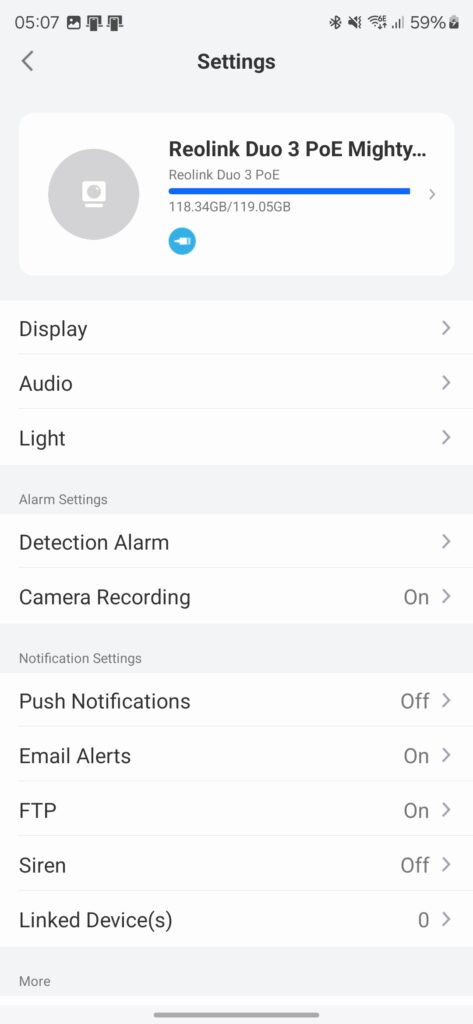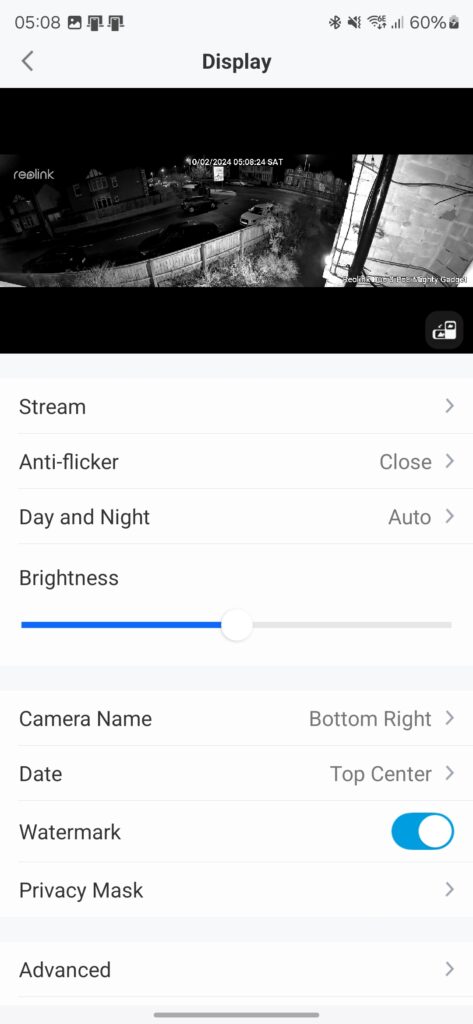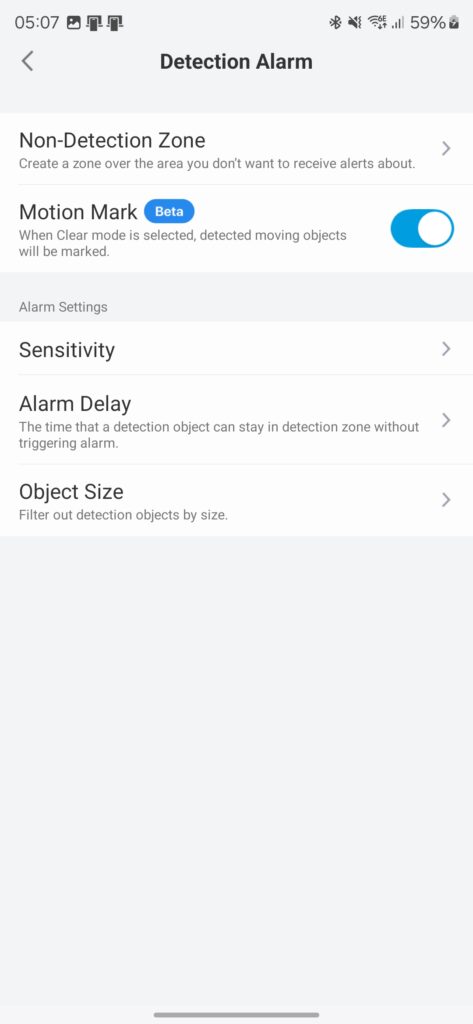Reolink Duo 3 Review
Overall - 85%
85%
The Reolink Duo 3 PoE delivers excellent value for money. The significantly higher resolution sensor provides a big jump in daytime image clarity over the Duo 2.
Reolink announced their latest generation panoramic camera, the Duo 3 PoE, at CES 2024. As a long-time Reolink user, I was eager to test out their updated model which promises higher resolution recordings and some handy new features.
Overview
Visually, the Duo 3 PoE looks almost identical to the previous Duo 2, with the same unusually flat dual-lens design. However, Reolink has managed to cram in a significantly more impressive 16MP sensor, delivering 7680 x 2160 resolution at 20FPS. This is over double the pixel density of the Duo 2’s 8MP sensor.
Additionally, Reolink has boosted the weatherproofing with an IP67 rating and introduced a clever Motion Track feature to their app. This tracks a subject’s movement path across the camera’s field of view and condenses it into an overlay, saving bandwidth and simplifying reviewing footage.
While the RRP is £180, only £40 more than the Duo 2, the resolution jump makes this a tempting upgrade. Let’s take a closer look to see if the Duo 3 PoE delivers the goods.
Unboxing and Setup
Inside the box, you get the standard Reolink accessories bundle with the necessary screws, ethernet cable, quick start guide, and injection moulded mounting plate.
As with most Reolink cameras I’ve tested, the initial setup is a breeze. Whether using the desktop app or mobile app, the Duo 3 was identified automatically once connected to my network.
After setting an admin password, I was viewing the live feed within minutes. For anyone familiar with Reolink cameras, you’ll feel right at home.




Integration
For surveillance applications, the Duo 3 PoE offers the same flexible recording options as other Reolink cameras. You can add a microSD card for local storage or connect to a Reolink NVR. Alternatively, it works with third party NVR software like Blue Iris thanks to the ONVIF and RTSP stream support.
I use Blue Iris for some of my cameras, so I enabled RTSP streams and added the Duo 3 to my server without issues. The main stream RTSP URL is:
rtsp://admin:[email protected]:554/h265Preview_01_mainAnd the sub-stream RTSP URL is:
rtsp://admin:[email protected]:554/h264Preview_01_subWith the camera added, I was able to view and record the high-res panoramic video feed in Blue Iris without any problems.
New Features
While the interface and core functionality remains consistent with other Reolink cameras I’ve reviewed, the Duo 3 does introduce some handy additional capabilities.
Firstly, the AI person detection has been improved to recognise more animals than just cats and dogs. Reolink doesn’t specify exactly which animals, but I did notice it picking up the local foxes rooting through my bins.
More interestingly, Reolink has introduced a Motion Track feature, configurable via the mobile app. This cleverly tracks a subject’s movement path and condenses it into an overlay.
Instead of storing minutes of footage, the camera can display a complete movement path in one shot. This saves bandwidth and makes reviewing events much simpler.
I found it worked well, letting me easily see if my kids had wandered out of bounds without having to scrub through recordings. It certainly beats downloading lengthy clips.
Daytime Performance

With its higher resolution 16MP sensor, the Duo 3 PoE delivers extremely detailed daytime images. The panoramic 7680 x 2160 footage lets you zoom in significantly while retaining sharpness.
I was able to clearly make out number plates and street signs from a good distance away. It’s a big jump in clarity over the 8MP Duo 2.
The colour reproduction and dynamic range also seem improved, with the Duo 3 coping better in high contrast scenes.
Low Light & Night Vision

While the daytime performance shines, Reolink still relies on older sensor technology for low light scenarios.
As with most sub-$500 security cameras, the image switches to black and white in very low light. Reolink mitigates this to an extent by equipping the Duo 3 with high powered spotlights.
These activate automatically based on motion detection at night, illuminating subjects in colour. However, it’s not true colour night vision, which requires more advanced sensor hardware with larger pixels and wide apertures.
That said, the 8-piece LED array puts out a healthy 560 lumens, delivering decent colour footage at night when the lights activate.
There is some glare and overexposure when subjects are too close to the camera. But positioning it correctly, I was pretty happy with the night time performance.
Verdict
The Reolink Duo 3 PoE delivers excellent value for money. The significantly higher resolution sensor provides a big jump in daytime image clarity over the Duo 2.
While the night vision relies on spotlights rather than true colour low light performance, it’s perfectly adequate for most home surveillance needs.
The addition of handy features like customisable motion tracking also makes reviewing footage much more convenient.
Combined with Reolink’s polished app and flexible recording options, the Duo 3 is a compelling panoramic PoE security camera. It earns an easy recommendation for anyone seeking wide 180° monitoring without installing multiple cameras.
Overall, the Duo 3 PoE is a solid iteration on the Duo formula. If you can stretch your budget, it’s worth the extra cash over the Duo 2.

